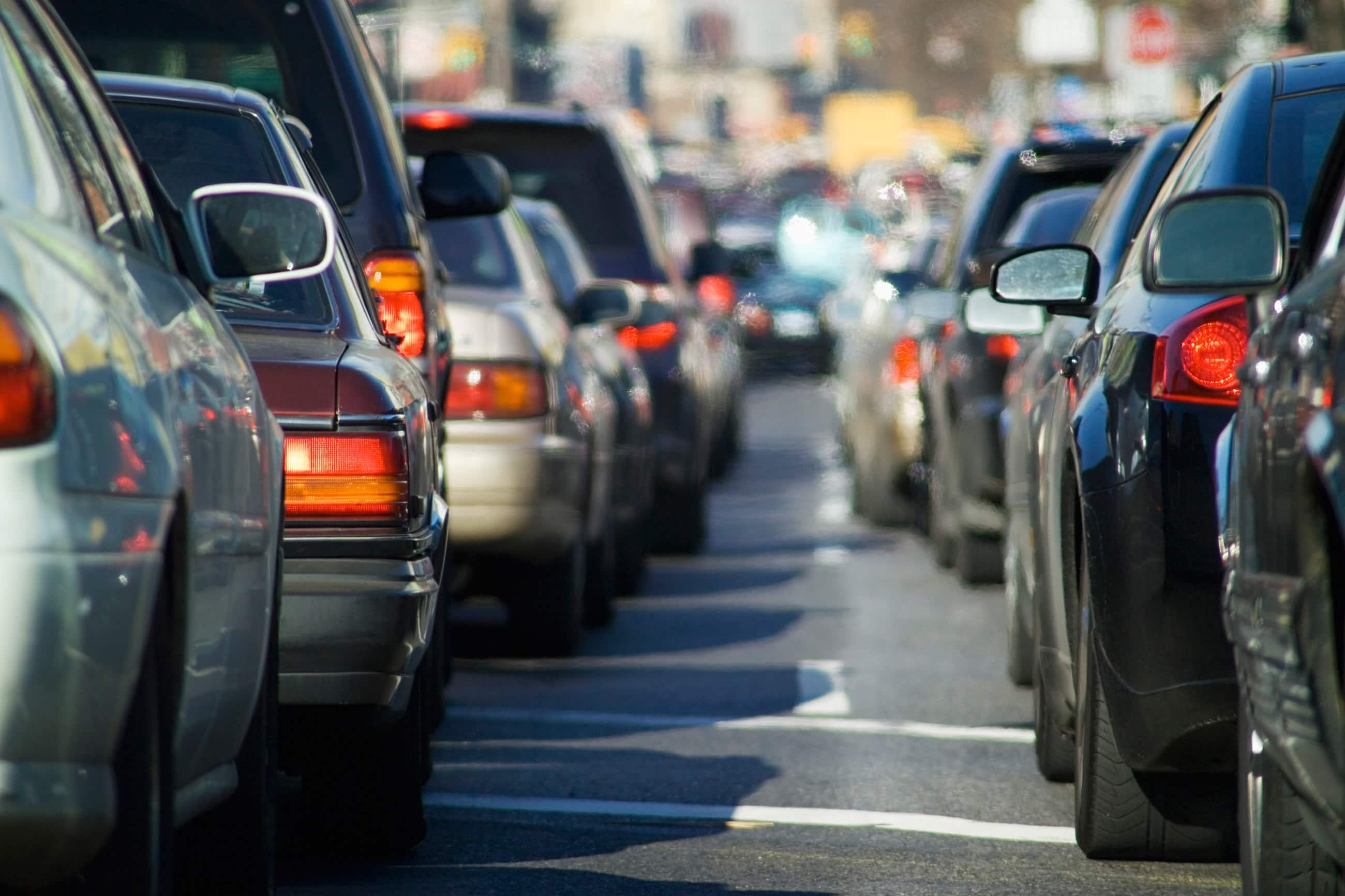Now You Really Can Start to Measure Your Scope 3 Emissions
For central and local government departments, the challenge around reducing Scope 3 emissions has long been their ability to measure their impact in the first place. “Until now”, says Conor Murphy, Solutions Consultant at SAP Concur.
With the COP26 global climate conference presently underway in Glasgow, the topics of climate change, carbon reduction and emissions have never been more front and centre.
Meeting the target of being a net-zero nation by the year 2050 is suddenly a very real issue and, while that target may seem nearly 30 years away, the reality is that the bulk of activity to reduce carbon emissions will need to take place by 2030 if it is to have the desired impact by the target date.
As a result, central and local government departments are increasingly having to look at their own carbon footprints and emissions.
According to the National Audit Office, 91% of local authorities have adopted at least one commitment to decarbonise in line with net zero.[1]
Tackling Scope 3 emissions
An opportunity for many to meet this commitment is to get to grips with – and reduce the impact of – their Scope 3 emissions.
Scope 3 emissions are indirect greenhouse gas emissions resulting from the organisation’s operations. They include activities such as air travel; business mileage from use of private vehicles; rail travel; taxis, including mini-cabs and Uber; employee commuting; and waste generated in operations.
Importantly, Scope 3 emissions are usually the greatest share of an organisation’s carbon footprint by a significant margin – but also where an organisation has a lot of influence and control.
The issue for many, however, has been around measuring the impact of aspects of their Scope 3 emissions, so they can act accordingly to reduce them. In short, you can’t manage what you can’t measure.
The question of how you get a clear picture of your Scope 3 emissions impact – so you can put steps in place to reduce it – has been a huge issue for those looking to tackle emissions effectively.
Until now. I say ‘until now’ because, recently, we have devised a measurement formula and calculator together with business partner, Consilio.io, to help one of our clients measure a major emissions contributor: use of non-fleet cars and other vehicles. .
A ground-breaking milestone
The project is a ground-breaking milestone in the battle to reduce Scope 3 emissions – and it is transferable to any public sector or private organisation – because it is based on existing data from within the organisation alongside accessible data from a third-party agency.
Put simply, using easily accessible data from within your department, combining it with data held centrally at DVLA, and running it through a specially designed data formula – we are now able to measure the carbon emissions usage of your non-fleet vehicles.
The result has been dramatic – allowing the organisation in question to implement steps that will help reduce the levels of carbon. However, it has had a wider-ranging impact, too – also bringing the issue to life for colleagues, enabling them to see the impact and how they can make a difference, and in turn driving them to act.
Future opportunities to come
Devising the ability to track and measure Scope 3 emissions around use of non-fleet vehicles is a major stepping stone. But our activities don’t stop there.
We are now working to create a similar formular for measuring the impact of hotel use – another big generator of carbon emissions within the business travel space – so that organisations can begin to measure more elements of Scope 3 emissions and continue their journey to net zero.
There is a further driver for local authorities to get on board with Scope 3 emissions measurement, too. Measurement is key to having a clear picture of your emissions impact, so you can reduce it. But it may also be key to unlocking vital funding to continue your net-zero journey.
In 2020-21, £1.2bn of grant funding was provided to local authorities through 21 dedicated grant schemes relevant to net-zero action – but only for actions for which departments could provide a breakdown of data![2]
If you would like to know more about how we are working to measure organisations’ emissions, watch this 2 minute video and/or contact us!
[1] https://www.nao.org.uk/wp-content/uploads/2021/07/Local-government-and-net-zero-in-England.pdf
[2] https://www.nao.org.uk/wp-content/uploads/2021/07/Local-government-and-net-zero-in-England.pdf
